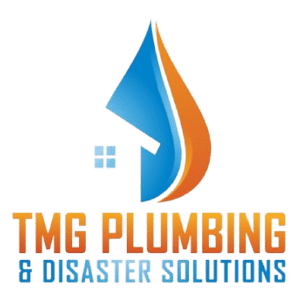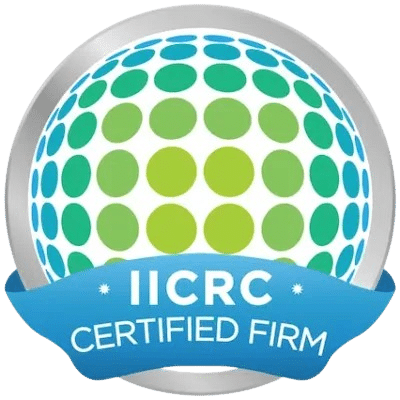Preparing your family for emergencies is essential to ensure safety, minimize confusion, and recover quickly from unexpected events. A well-structured disaster plan empowers your household to act confidently during crises and can make a significant difference in outcomes. As a trusted provider of Connecticut disaster restoration services, TMG Companies is committed to helping families build resilience through proactive planning.
Why Every Family Needs a Disaster Plan
Emergencies—such as storms, fires, floods, or power outages—can strike without warning. Having a disaster plan ensures that every family member knows what to do, where to go, and how to stay safe. This preparation is especially important in Connecticut, where severe weather and other hazards can disrupt daily life and require immediate action.
Step-by-Step Guide to Creating Your Family Disaster Plan
1. Assess Potential Risks
- Identify the types of disasters most likely to affect your area (e.g., hurricanes, blizzards, floods).
- Consider unique risks for your household, such as medical needs, pets, or elderly family members.
2. Develop a Communication Strategy
- List emergency contacts, including out-of-town relatives and local friends or neighbors.
- Ensure all family members know how to reach each other and where to meet if separated.
- Designate an out-of-area contact who can relay information if local lines are down.
3. Assign Roles and Responsibilities
- Clearly define each person’s role during an emergency (e.g., who grabs the emergency kit, who checks on pets).
- Practice these roles regularly so everyone is confident in their responsibilities.
4. Prepare Emergency Kits
- Assemble a disaster supply kit with essentials:
- Non-perishable food and water (one gallon per person per day)
- Flashlights, batteries, and a battery-powered radio
- First aid supplies and necessary medications
- Important documents (IDs, insurance, medical records)
- Hygiene items and sanitation supplies
- Maps and a manual can opener
- Keep kits in accessible locations at home, work, and in your car.
5. Plan for Evacuation and Shelter
- Identify multiple evacuation routes from your home and community.
- Know the location of local shelters and pet-friendly options.
- Practice evacuation drills with your family to ensure everyone knows the plan.
6. Include Special Considerations
- Make arrangements for family members with disabilities, chronic health conditions, or special needs.
- Prepare a pet emergency kit and know local animal shelter options.
7. Review and Practice Your Plan
- Review your disaster plan every six months and update as needed.
- Conduct regular drills to reinforce procedures and build confidence.
The Role of Professional Restoration Services
After a disaster, quick and professional restoration is crucial to minimize damage and restore your home. Connecticut disaster restoration services from TMG Companies provide expert support for water, fire, and storm damage, helping families recover safely and efficiently.
Key Takeaways
- Preparation saves lives: A clear, practiced disaster plan reduces panic and confusion.
- Communication is vital: Ensure everyone knows how to connect and where to meet.
- Regular updates: Review and practice your plan to keep it effective.
- Professional help matters: Rely on trusted Connecticut disaster restoration services for post-disaster recovery.
TMG Companies is dedicated to supporting Connecticut families before, during, and after emergencies. For more information on disaster planning or to learn about our comprehensive restoration services, contact us today.




